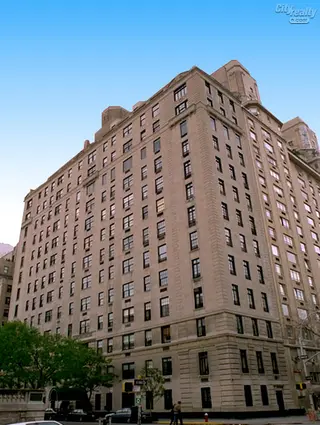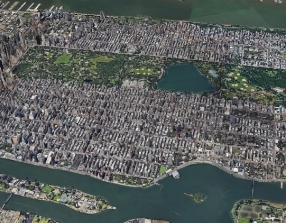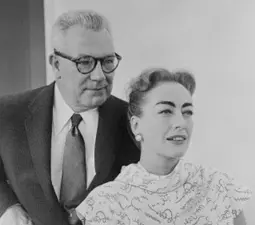Shh... Many units sell without being publicly listed.
Limited off-market opportunities might be available at 2 East 70th Street – ideal for those looking to explore listings not currently on the market. Contact us to learn more.


Built in 1927 and designed by Rosario Candela, 2 East 70th Street is a 14-story cooperative with 16 residences at the corner of Fifth Avenue and 70th Street. The building offers exceptional views of Central Park and the Frick Collection, which is located directly across the street. It features an attentive full-time staff, a gym, and private storage. Financing up to 50% is permitted, and there is a 3% flip tax paid by the purchaser.
The site was originally home to the C. Ledyard Blair mansion, designed by Carrère & Hastings to complement the Frick mansion. In 1927, developer Anthony Campagna replaced it with this apartment building, marking a shift from private mansions to luxury cooperatives along Fifth Avenue. Candela’s design includes a mix of simplex and duplex units, maximizing light and space.
East 70th Street has long been one of New York’s most prestigious residential blocks, home to historic mansions and institutions. The area is also known for its proximity to Madison Avenue shopping, major art galleries, and Hunter College. The transformation of Fifth Avenue from "Millionaire’s Row" to an avenue of elegant apartment buildings was shaped by early zoning battles. While restrictions were initially placed on building heights, legal challenges ultimately allowed for taller structures, making way for residences like 2 East 70th Street.
Limited off-market opportunities might be available at 2 East 70th Street – ideal for those looking to explore listings not currently on the market. Contact us to learn more.

View school info, local attractions, transportation options & more.
Experience amazing 3D aerial maps and fly throughs.
For some co-ops, instead of price per square foot, we use an estimate of the number of rooms for each sold apartment to chart price changes over time. This is because many co-op listings do not include square footage information, and this makes it challenging to calculate accurate square-foot averages.
By displaying the price per estimated room count, we are able to provide a more reliable and consistent metric for comparing sales in the building. While we hope that this gives you a clearer sense of price trends in the building, all data should be independently verified. All data provided are only estimates and should not be used to make any purchase or sale decision.
Notable past and present residents at 2 East 70th Street

Sign-up and we'll email you new listings in this building!
Whether you’re a buyer, investor, or simply curious, this report is your key to unlocking in-depth insights and analysis on .
Please confirm your details: